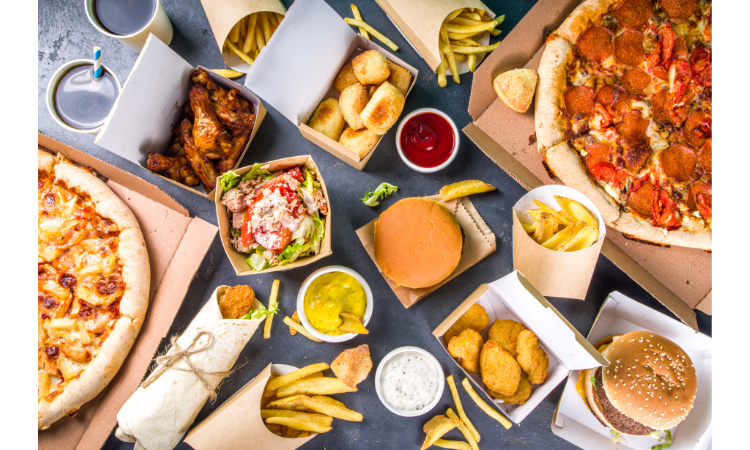Unhealthy foods that seem healthy have become a common pitfall in our pursuit of a balanced and nutritious diet. It’s no surprise that navigating the world of “health foods” can be challenging, especially when we’re bombarded with marketing messages promising the best choices for our bodies.
In this article Unhealthy Foods that seem healthy A Comprehensive Guide, we’ll debunk some common misconceptions about foods that seem healthy but aren’t and give you a clear picture of the traps to avoid. We’ll also explore why unhealthy foods are so tasty and discuss the potential consequences of a poor diet. So, let’s dive in!
The Most Unhealthy Foods Masquerading as Healthy Choices
Granola and Energy Bars
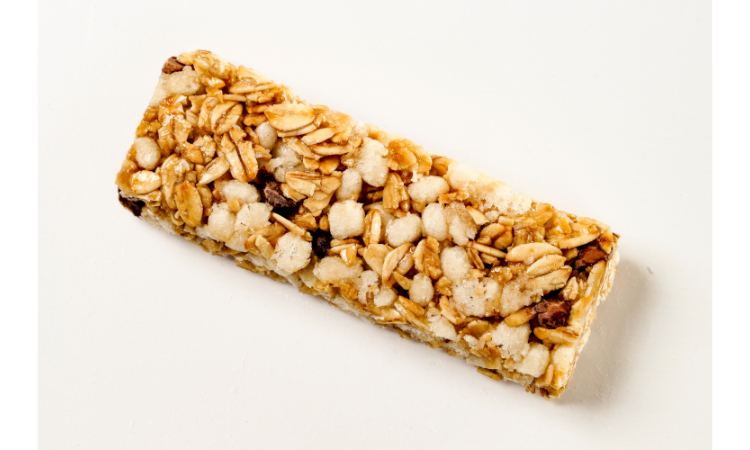
While they might appear to be a convenient and nutritious snack, many granola and energy bars are packed with added sugars, unhealthy fats, and artificial ingredients. Instead, try making your own homemade granola bars with whole ingredients like oats, nuts, and dried fruit.
Low-Fat or Fat-Free Foods

Contrary to popular belief, foods that seem unhealthy but are healthy often contain healthy fats. On the other hand, low-fat or fat-free options typically have added sugars or artificial sweeteners to compensate for the loss of flavor. Opt for full-fat, natural options like yogurt or avocado instead.
Smoothies and Fruit Juices
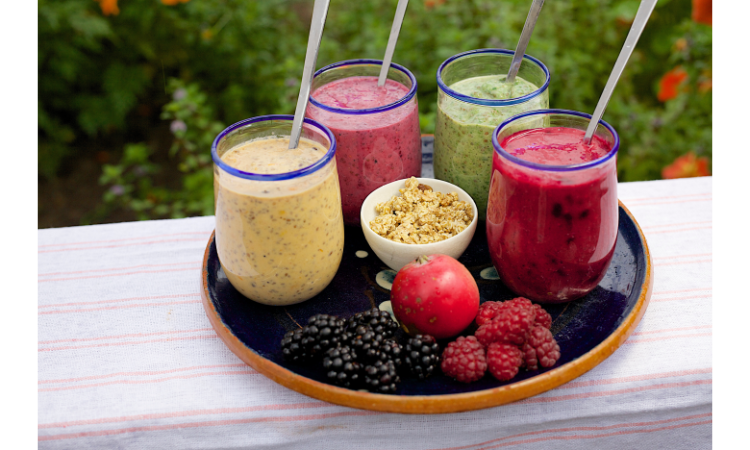
Many store-bought smoothies and fruit juices contain added sugars, preservatives, and artificial flavors. They may also lack the fiber found in whole fruits. Stick to making your own fresh fruit smoothies or eating whole fruits for a truly healthy option.
Gluten-Free Products
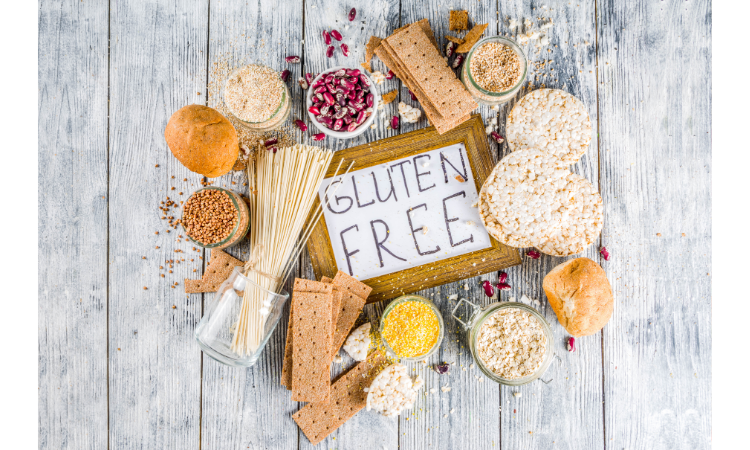
Gluten-free products are essential for those with celiac disease or gluten sensitivity, but they can be highly processed and contain unhealthy ingredients. Look for whole, naturally gluten-free foods like quinoa, rice, and vegetables instead.
Veggie Chips
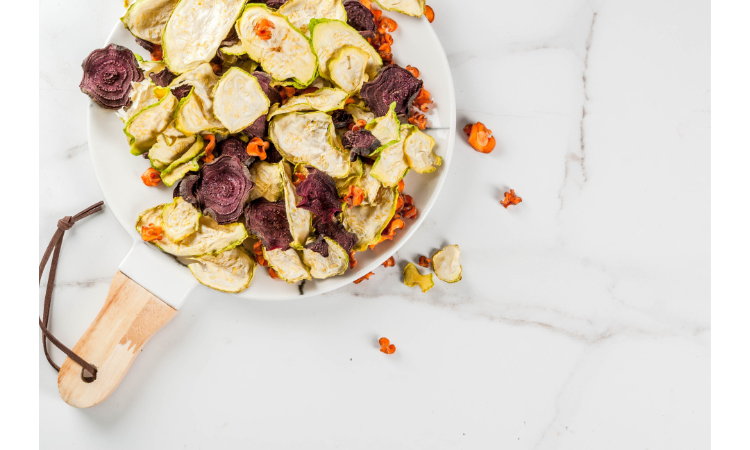
While they might be made from vegetables, veggie chips are often high in sodium and unhealthy fats. Swap them out for baked or air-fried vegetable slices for a healthier alternative.
Healthy vs Unhealthy Cooking Methods

The way you prepare your food can have a significant impact on its nutritional value. Here are some healthy vs unhealthy cooking methods to keep in mind:
- Healthy: Steaming, baking, grilling, and sautéing in a small amount of healthy oil like olive oil.
- Unhealthy: Deep-frying, cooking with large amounts of unhealthy fats like butter or margarine, and using excessive amounts of salt or sugar.
What Happens If You Never Eat Junk Food?

While avoiding junk food entirely might seem like a dream come true, it’s important to remember that moderation is vital. Completely cutting out unhealthy foods that look healthy or other junk food can lead to feelings of deprivation and make it harder to maintain a balanced diet.
Instead, focus on eating a variety of nutrient-dense foods and allowing yourself the occasional indulgence. This approach can help you maintain a healthy relationship with food and avoid the pitfalls of when healthy eating becomes unhealthy.
Why Are Unhealthy Foods So Tasty?

Unhealthy foods are often loaded with sugar, salt, and unhealthy fats, which our taste buds find highly appealing. This is because our ancestors relied on these calorie-dense nutrients for survival, and our taste buds have evolved to crave them. Today, however, our access to these ingredients has led to overconsumption and the development of unhealthy eating habits.
How Often Should You Eat Unhealthy Foods?
There’s no one-size-fits-all answer to how often you should eat unhealthy foods. It depends on your individual health goals, dietary needs, and preferences. As a general rule of thumb, aim to follow the 80/20 rule: eat nutritious, whole foods 80% of the time, and allow yourself to indulge in your favorite treats 20% of the time.
Unhealthy Foods That Are Actually Healthy

There are some unhealthy foods that are actually healthy when consumed in moderation. These include:
- Dark chocolate: Rich in antioxidants and can promote heart health.
- Peanut butter: A great source of protein and healthy fats, but opt for natural varieties without added sugars or oils.
- Red wine: Contains antioxidants like resveratrol, which can benefit heart health when consumed in moderation (1-2 glasses per day).
The Worst Unhealthy Foods to Avoid

To maintain a balanced diet, it’s essential to know what unhealthy foods to avoid. Some of the worst offenders include:
- Sugary drinks: High in added sugars and empty calories, contributing to weight gain and an increased risk of chronic diseases.
- Processed meats: Associated with a higher risk of cancer and heart disease due to their high levels of sodium, nitrates, and unhealthy fats.
- Fried foods: Often high in trans fats and unhealthy oils, which can contribute to heart disease and other health issues.
What to Look for When Eating Healthy

When choosing foods, keep these tips in mind to ensure you’re selecting truly healthy options:
- Opt for whole, minimally processed foods.
- Check ingredient labels and avoid products with added sugars, unhealthy fats, and artificial ingredients.
- Prioritize lean proteins, whole grains, fruits, vegetables, and healthy fats.
What Are the 3 Most Unhealthy Foods?

While it’s difficult to narrow it down to just three, some of the most unhealthy foods include:
- Sugary drinks and sodas
- Processed meats
- Fried and fast foods
Why Is Unhealthy Food Not Good for You?
Unhealthy foods are typically high in calories, unhealthy fats added sugars, and sodium. These can contribute to weight gain, increased risk of chronic diseases, and poor overall health. By avoiding these unhealthy choices and focusing on nutrient-dense whole foods, you can support a healthier lifestyle.
Unhealthy Food Turned Healthy: Tips for Healthier Choices
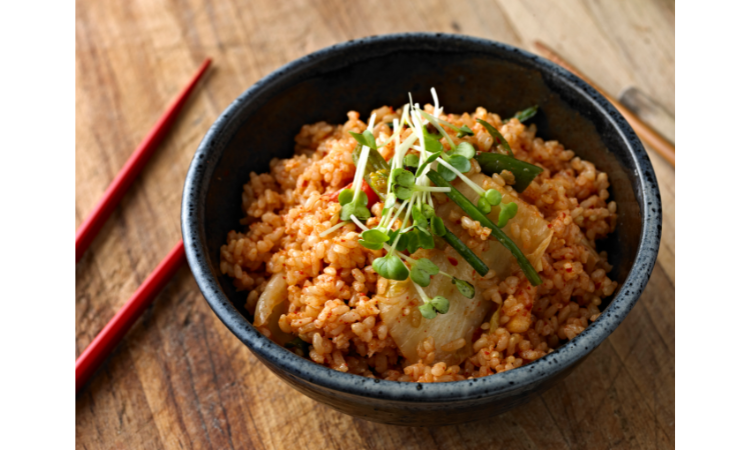
Transforming unhealthy food turned healthy is easier than you might think. Here are some simple swaps to make your favorite dishes healthier:
- Replace white rice with whole grains like brown rice, quinoa, or farro.
- Swap out unhealthy cooking oils for healthier options like olive or avocado oil.
- Choose lean proteins like chicken or fish over processed meats and fried options.
- Opt for homemade dressings and sauces made with whole ingredients instead of store-bought versions packed with added sugars and artificial additives.
In conclusion, it’s crucial to be aware of the unhealthy foods that seem healthy in order to make informed choices about your diet. By knowing the pitfalls to avoid, understanding the impact of cooking methods, and learning how to identify truly healthy options, you’ll be well on your way to a more balanced and nutritious lifestyle.
